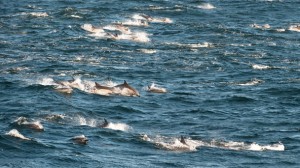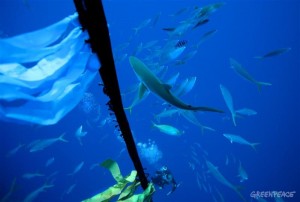An organization called CCAMLR is currently holding a meeting that will determine whether or not we protect key ecosystems in Antarctica.
What is CCAMLR?
The Commission for the Conservation of Antarctic Marine Living Resources , which is composed of twenty-five countries that decide how to manage marine resources in the waters surrounding Antarctica.
What are they doing right now, and why should we care?
From Oct 20 to Oct 31 CCAMLR is meeting to discuss whether to implement two new proposed marine protected areas (MPA). If CCAMLR decides to implement these MPAs they will be the largest areas of protected marine habitat in the world, and will be safe from commercial fishing.
The Proposed MPAs:
The Ross Sea
This proposed MPA would encompass The Ross Sea region, including the Balleny Islands, the Pacific seamounts and the Ross Sea embayment.
Because the Ross Sea is one of the few ecosystems on Earth that has not been extensively impacted by human activity its waters are hugely important for many marine organisms. It is home to a vast number of marine animals including more than a third of the world’s Adelie penguins, a quarter of the world’s Emperor penguins, Weddell seals, crabeater seals humpback whales, orcas and Antarctic toothfish. The Ross Sea is home to 40 known species that occur no where else in the world, and provides more than a quarter of the Southern Oceans phytoplankton production.
According to the Intergovernmental Panel on Climate Change, this will be the last part of the Southern Ocean with year-round ice cover. This means that the Ross Sea will act as a refuge for many marine species.
Being one of the most pristine areas of ocean left on earth, the proposed Ross Sea MPA would continue to provide scientists with invaluable data of an untouched marine ecosystem. This data could be used in future years as a baseline for climate change and other impact studies.
Eastern Antarctic MPA
The proposed Eastern Antarctic MPA would encompass the Eastern Antarctic Shelf and Indian Ocean Benthic environment.
The Eastern Antarctic Shelf is an important habitat for blue whales, sperm whales, and fin whales and sea birds. The habitat also provides a nursery habitat for two exploited species: the Antarctic krill and Antarctic toothfish. A nursery habitat is an area where the population can reproduce. Protecting a nursery habitat ensures the young successfully enter the adult population, which human fishing pressure on the population’s ability to survive. Both the the antarctic krill and toothfish are important to the antarctic ecosystem, and to the economy, therefore protecting their well being should be a priority.
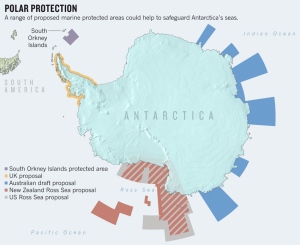
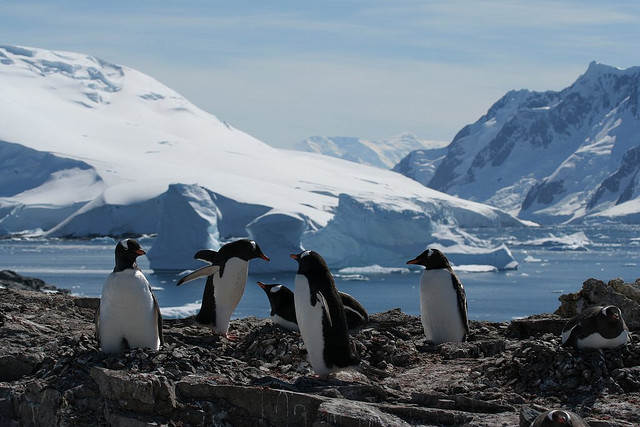
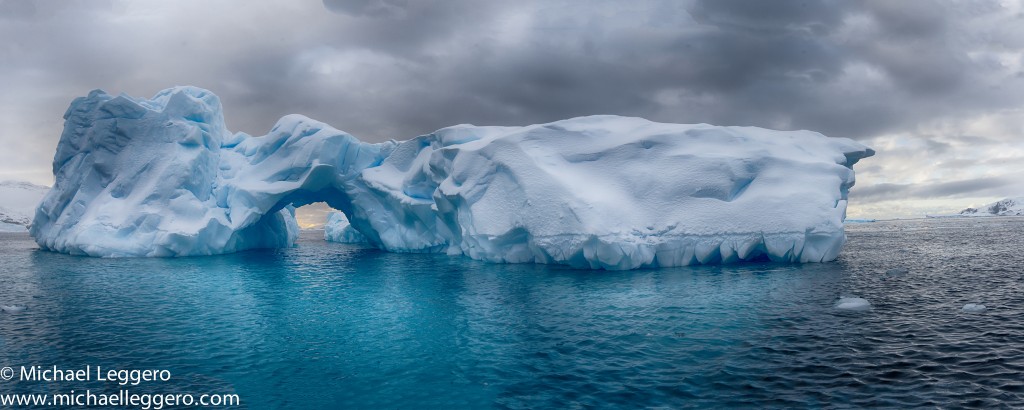
 Follow
Follow